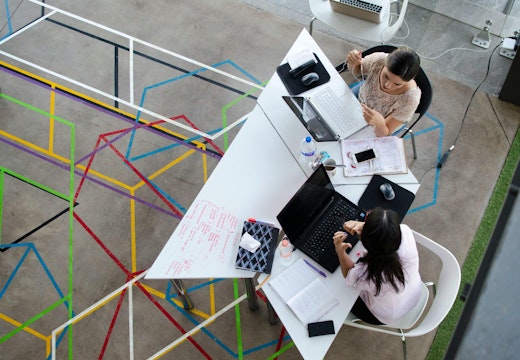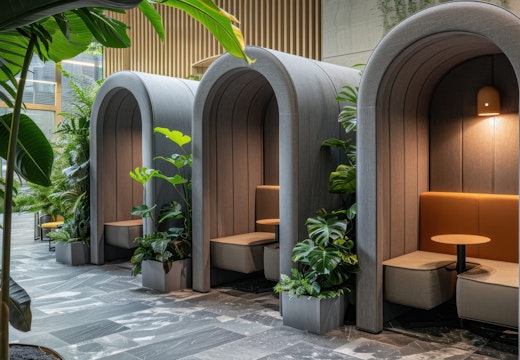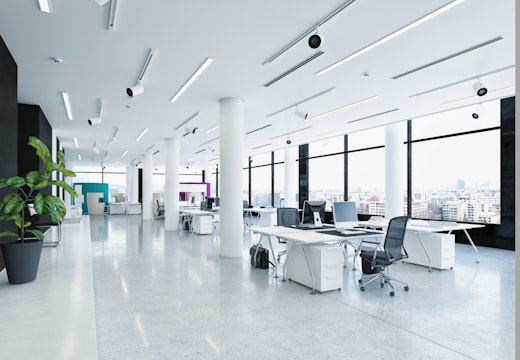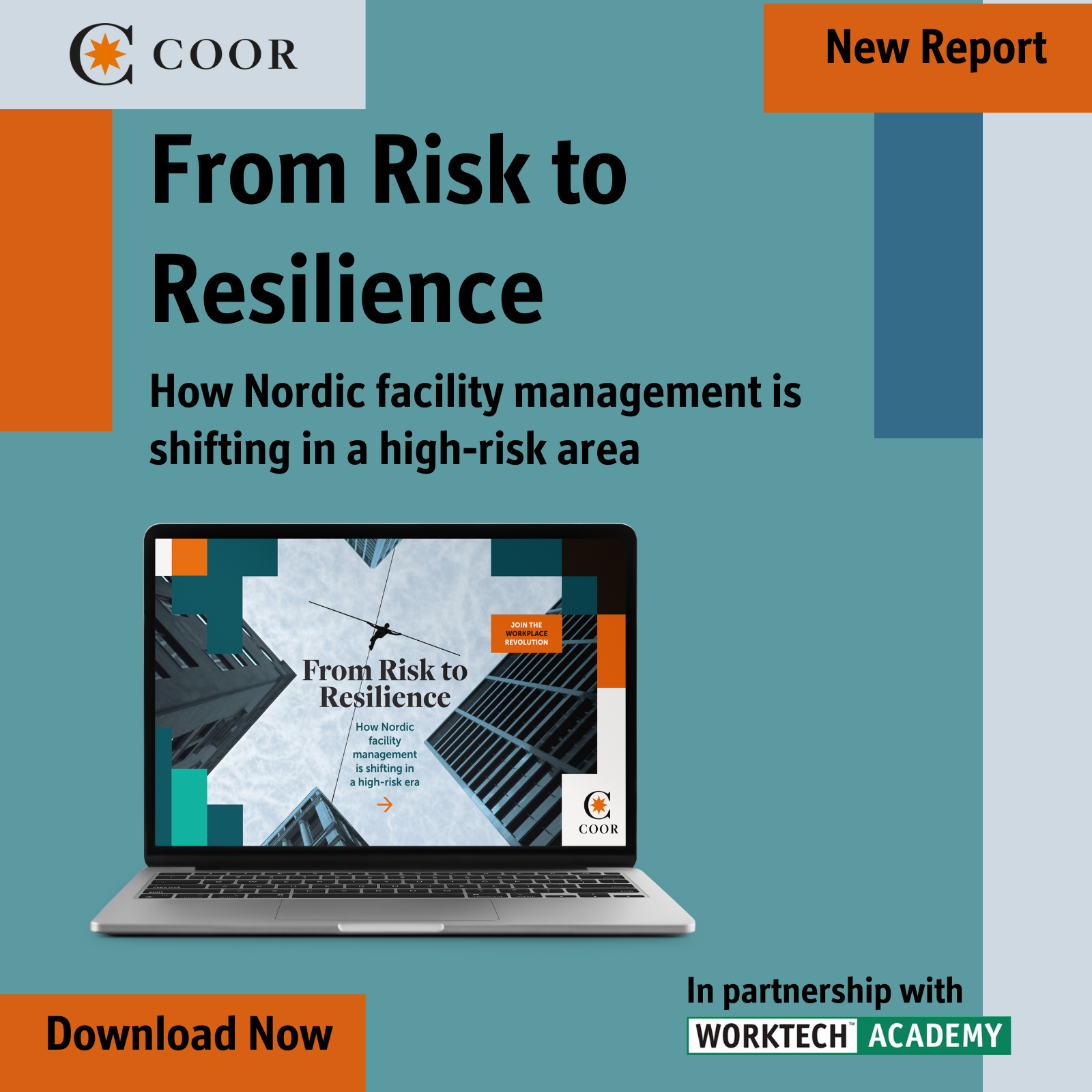interiors
Power of the pattern: a stressful view or a feelgood factor?
New research from the University of Cambridge suggests that repetitive patterns on building façades are raising our stress levels. But some patterns and shapes achieve the opposite effect
Factory settings: why is the post-industrial workplace so popular?
Creative firms relocating to industrial heritage buildings is on the rise. Research from the Netherlands suggests that connections to the past provide workers with motivation and identity
All together now: designing for a neurodiverse workforce
New research from the UK sheds light on a complex subject that is increasingly necessary to address as organisations seek to create a more inclusive workplace
Designing neuroinclusive workplaces: how to get started
Many companies have a desire to create a flourishing workplace for all but are struggling to make it happen. A new book by Kay Sargent of architects HOK demystifies the process
Under scrutiny: what’s right and wrong with activity-based workplaces
Despite its worldwide popularity as a design model for office space, new research from Sweden reveals some familiar limitations of the activity-based workplace
Neuroscience research supports designing to counter burnout
Can the design of the physical environment counteract exhaustion and anxiety at work? A new Dutch study on lighting levels adds to a growing body of evidence in the field
Light and day: the complexity of combining natural and artificial light
Circadian lighting is increasingly being used in offices to mimic the natural rhythms of daylight, but new research shows that supplementing natural light with electric sources is not easy to achieve
Prosocial behaviour: design prompts that support citizenship
Work communities depend on people behaving in a civil way to each other. Research suggests that design can play a role in helping us get along – from use of plants, mirrors and scent to creating order












